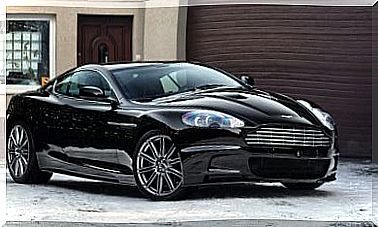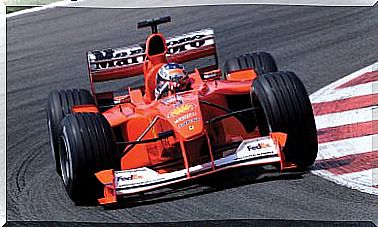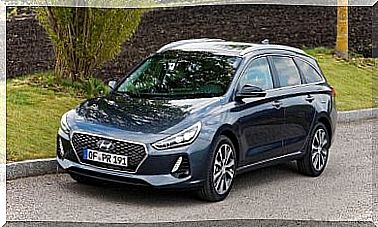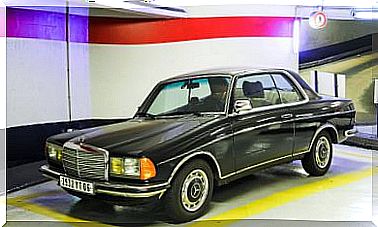What Are The Maximum Speeds According To Types Of Roads?
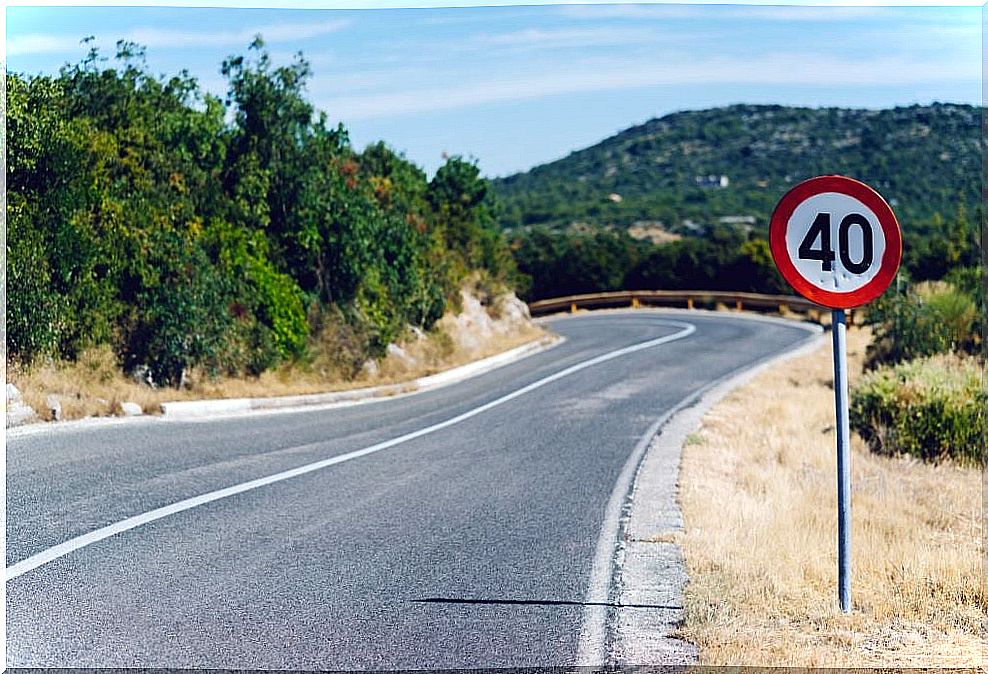
What makes the speeds of each of the tracks different? What are the maximum speeds according to types of road? Be aware of these limits and their variations along the way to avoid fines or unpleasant situations.
Why do speed limits exist
Although we always tend to think about the maximum speeds, the truth is that there are also the minimum speeds allowed. Both share the same goal: to guarantee the flow of traffic and to widen the gap between accidents.
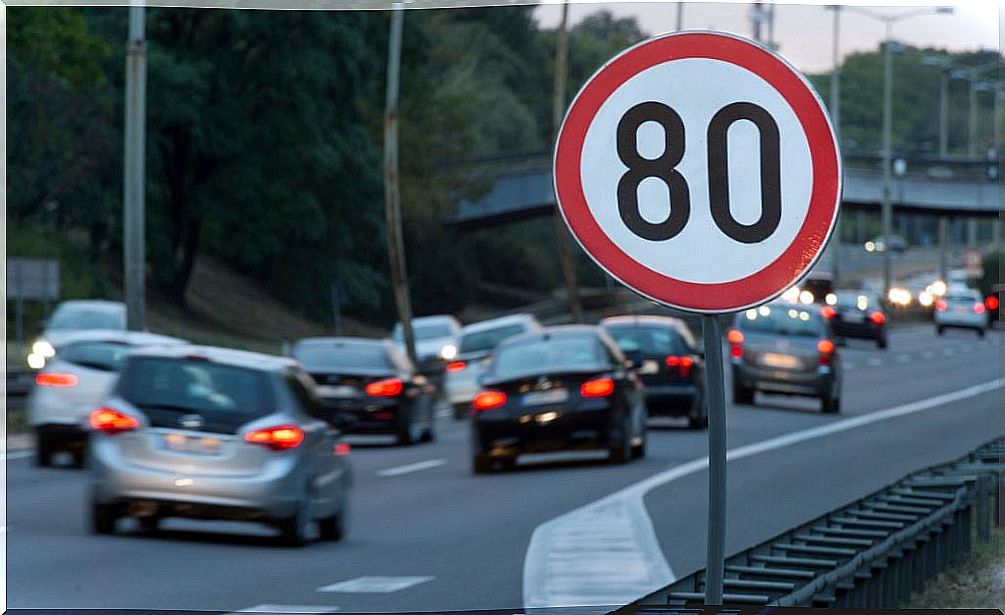
Due to the importance of these, not respecting them entails the payment of high fines, so being informed of what speed you must respect can help you avoid both.
Remember that the maximum speeds can be exceeded by 20 kilometers / hour when overtaking. It is normal that we do not remember everything, because few are those who reviewed this topic after removing the theory.
Maximum speeds according to types of roads
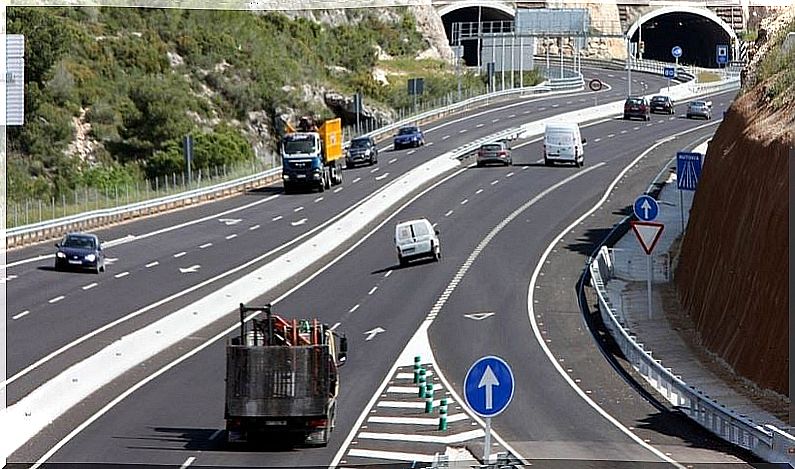
The maximum speeds do not depend only on the type of roads but also on the type of vehicles. These are the ones that are known:
- Cars and motorcycles. Both types of vehicles will be able to circulate on motorways and highways at 120 km / h, if there are no other regulations. On county roads that do not have a speed limit established by a sign, they will have to do it at 100 or 90 km / h depending on how wide the shoulder is. And for urban roads, 50 km / h is the maximum established.
- Rest of vehicles. Vehicles that are larger or intended for commercial use will be able to reach a maximum of 100 km / h. This applies to buses and mixed vehicles. On inter-county roads with a shoulder of 1.50 centimeters they will be able to run up to 90 km / h, but on other roads at 80 km / h.
- Trucks, articulated vehicles, vehicles with trailers and other derivatives of tourism may not exceed the maximum of 90 km / h on highways and highways and 80 or 70 on inter-county, depending on the type of road.
- Three-wheelers and quadricycles have a speed limit of 70 km / h regardless of the road they travel on.
- In the case of school transport vehicles or dangerous goods, 10 km / h must be subtracted from the maximum permitted speeds.
For all vehicles, the maximum allowed will be 50 km / h, except in the two previous cases, dangerous goods and school transport for minors, which will be reduced to 40 km / h.
What are the consequences for not respecting these rules?
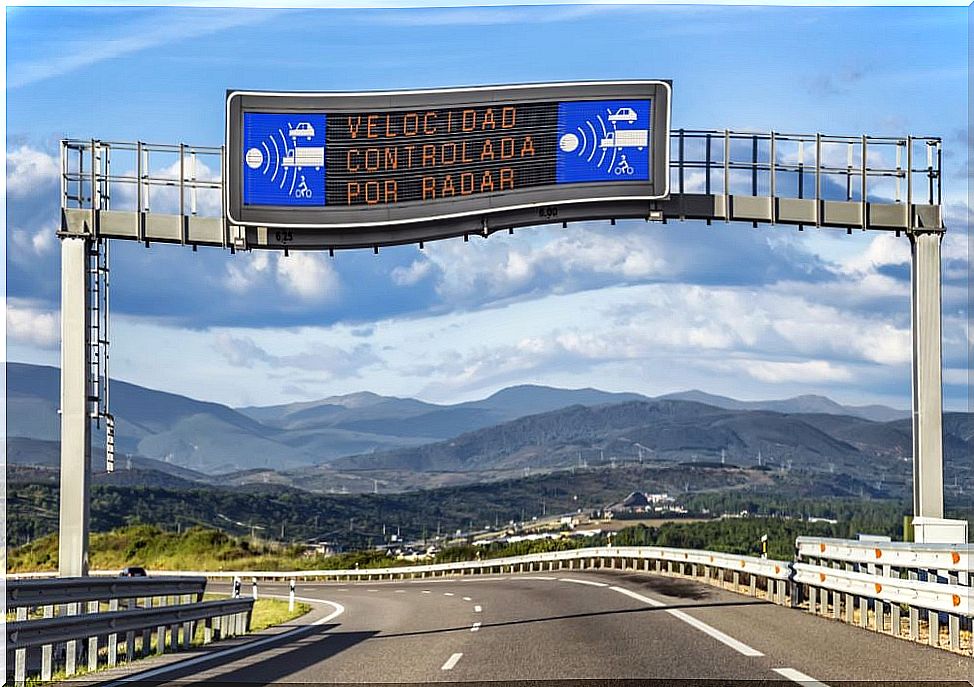
Exceeding the maximum speeds allowed according to types of roads has criminal punishment, because if they are exceeded by sixty kilometers on urban roads or eighty on interurban roads, it would be paid with jail, from three to six months.
The culprit could also be sentenced to doing community work for six to twelve months and the withdrawal of the license from one to four years. As you can see, being informed of the maximum speed allowed in each case helps us avoid not only accidents but even criminal problems.
As we said before, the same happens in the case of the minimum allowed speeds. They could also be fined and lead to the withdrawal of license points, since an excessive minimum speed would lead to an accident.
Let’s not forget that the rules of the road and traffic laws have been created for our benefit and to protect our lives. Respecting them will show respect for our lives and those of others.

